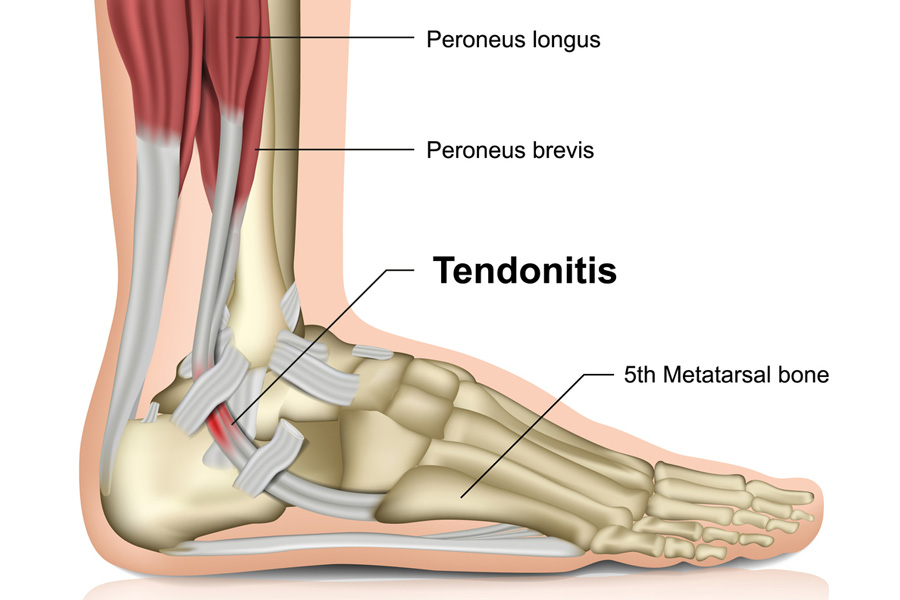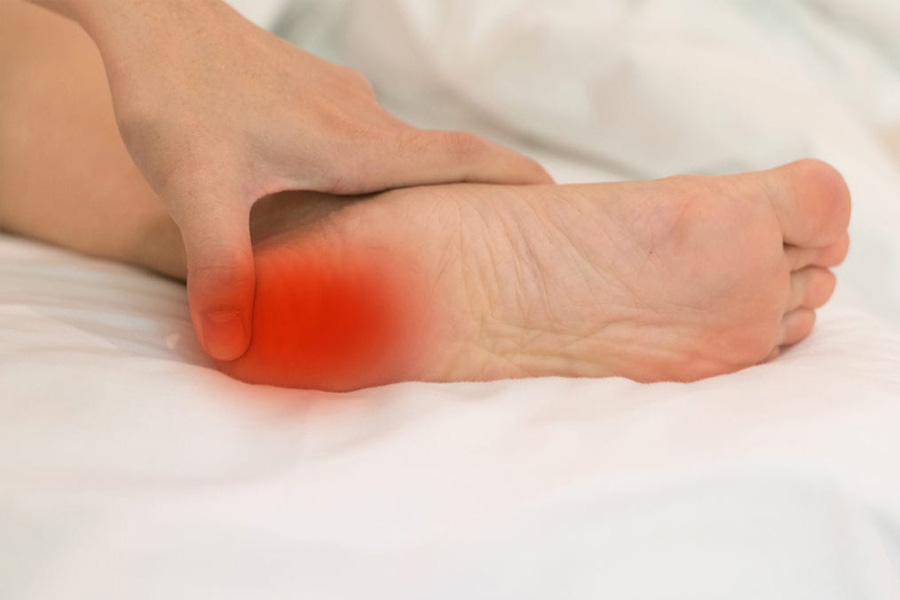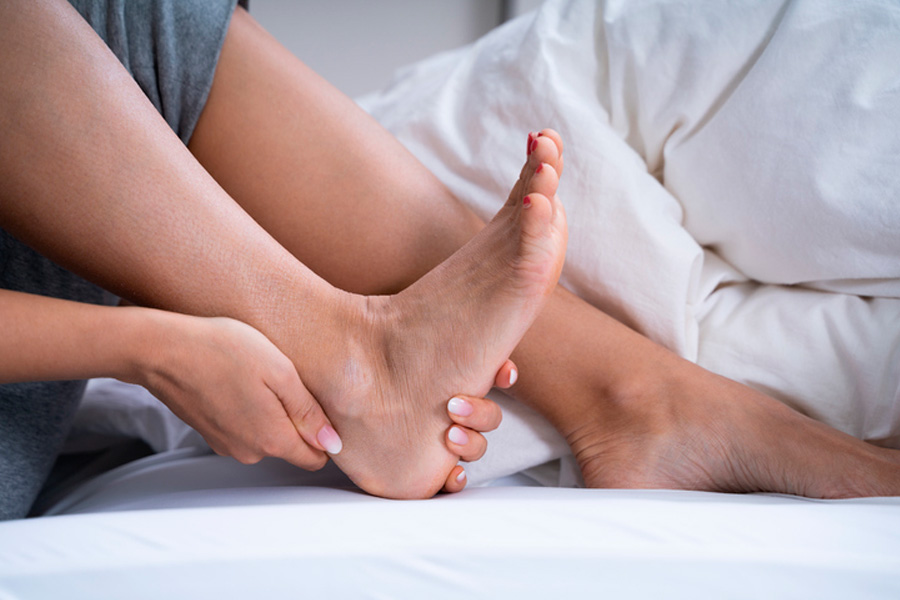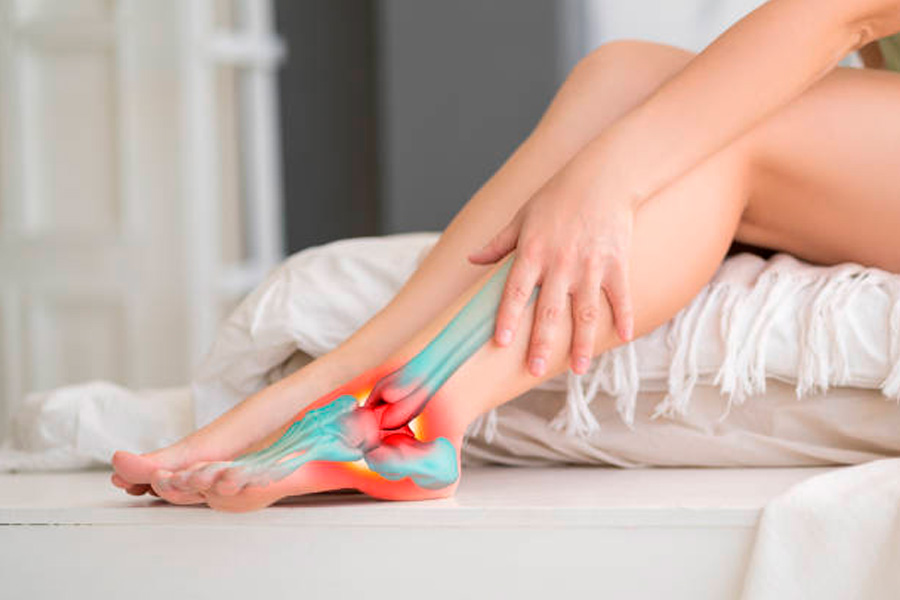Peroneal tendonitis is a condition characterized by inflammation of the peroneal tendons. These are the two tendons that attach the calf muscles to the bones in the feet. Peroneal tendonitis most often affects people who play sports or participate in activities that put stress on these tendons, such as those involving running or jumping. The condition can also be caused by overuse of these muscles and tendons.
Symptoms of peroneal tendonitis include pain and tenderness along the outside of the foot and ankle, swelling, bruising, weakness, and difficulty walking or moving the foot. The pain may be worse when you walk upstairs or on hills, run, jump, or land on your feet after a fall. You may also have trouble pointing your toes downward because this action puts more stress on the already irritated peroneal tendons.
If you think you might have a tendon injury, it is important to see a doctor, so they can diagnose and treat your injury correctly. Prevention is also important, as chronic peroneal tendonitis can lead to a tendon tear or nerve damage. Let’s talk further about 5 tips for preventing peroneal tendonitis.
#1 Avoid High-Impact Activities
Running, basketball and other high-impact sports can put stress on the peroneal tendon and lead to inflammation. Make sure to gradually increase activity intensity and duration to avoid such issues. If you have peroneal tendonitis, it’s best to avoid these activities until the condition improves and your doctor gives you clearance to play.
#2 Strengthen the Peroneal Tendons
Exercises can typically be recommended by your doctor or physical therapist to strengthen the peroneal tendons. Some of the exercises that may be beneficial for strengthening the peroneal tendons include calf raises, single-leg balance drills, and resisted ankle dorsiflexion.
#3 Use Supportive Shoes
Wearing shoes that offer good support can help reduce stress on the peroneal tendon. Look for shoes with a wide toe box and arch support to help keep your foot in a neutral position.
#4 Stretch Your Calf Muscles
Stretching your calf muscles can help reduce tension on the peroneal tendon and prevent inflammation. Try doing a standing calf stretch by placing your hands against a wall and pushing back with one leg while keeping the other leg straight behind you with your heel touching the ground. Repeat this stretch several times each day.
#5 Use Custom Orthotics
Orthotics are devices that are worn inside the shoes in order to correct abnormal foot mechanics. They can be custom-made to fit each individual’s feet, accommodating their unique characteristics. Custom orthotics are great for the treatment and prevention of peroneal tendonitis. They reduce the amount of stress and strain on the tendons.
Peroneal Tendonitis Treatment in Cincinnati, OH
The podiatrists at Cincinnati Foot & Ankle Care regularly treat patients with peroneal tendonitis. Our foot and ankle doctors bring together years of study and training to give you the highest quality and most effective care. We typically create individualized treatment programs that combine immobilization and exercises to give you lasting relief from symptoms. In addition, we provide education to prevent the problem from recurring. To schedule an appointment with one of our experts, call our office nearest you or use our convenient online request form.





